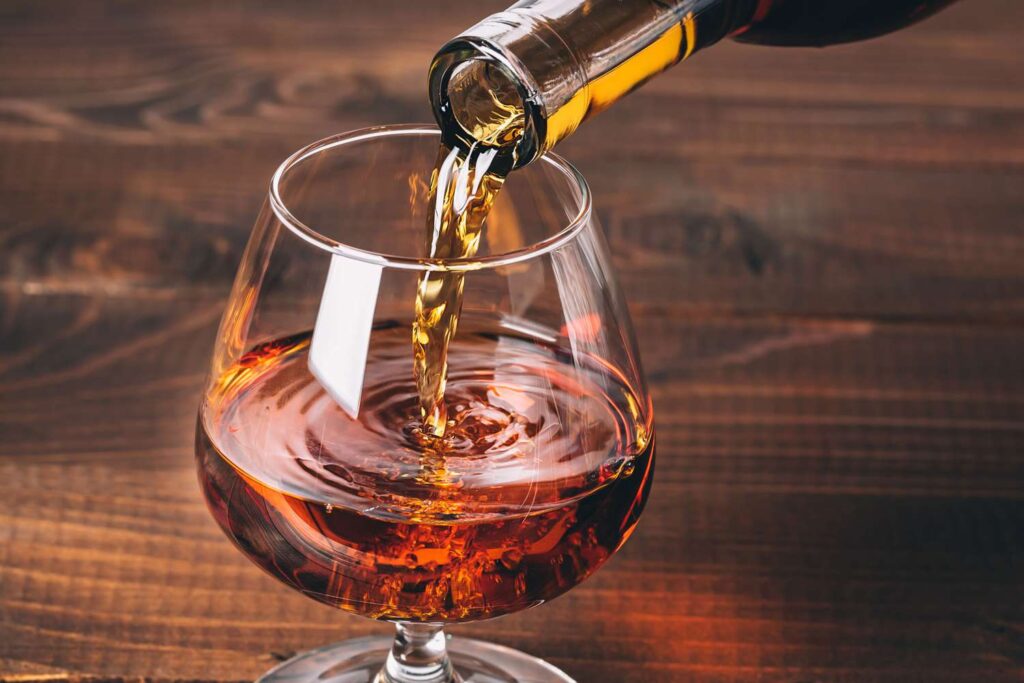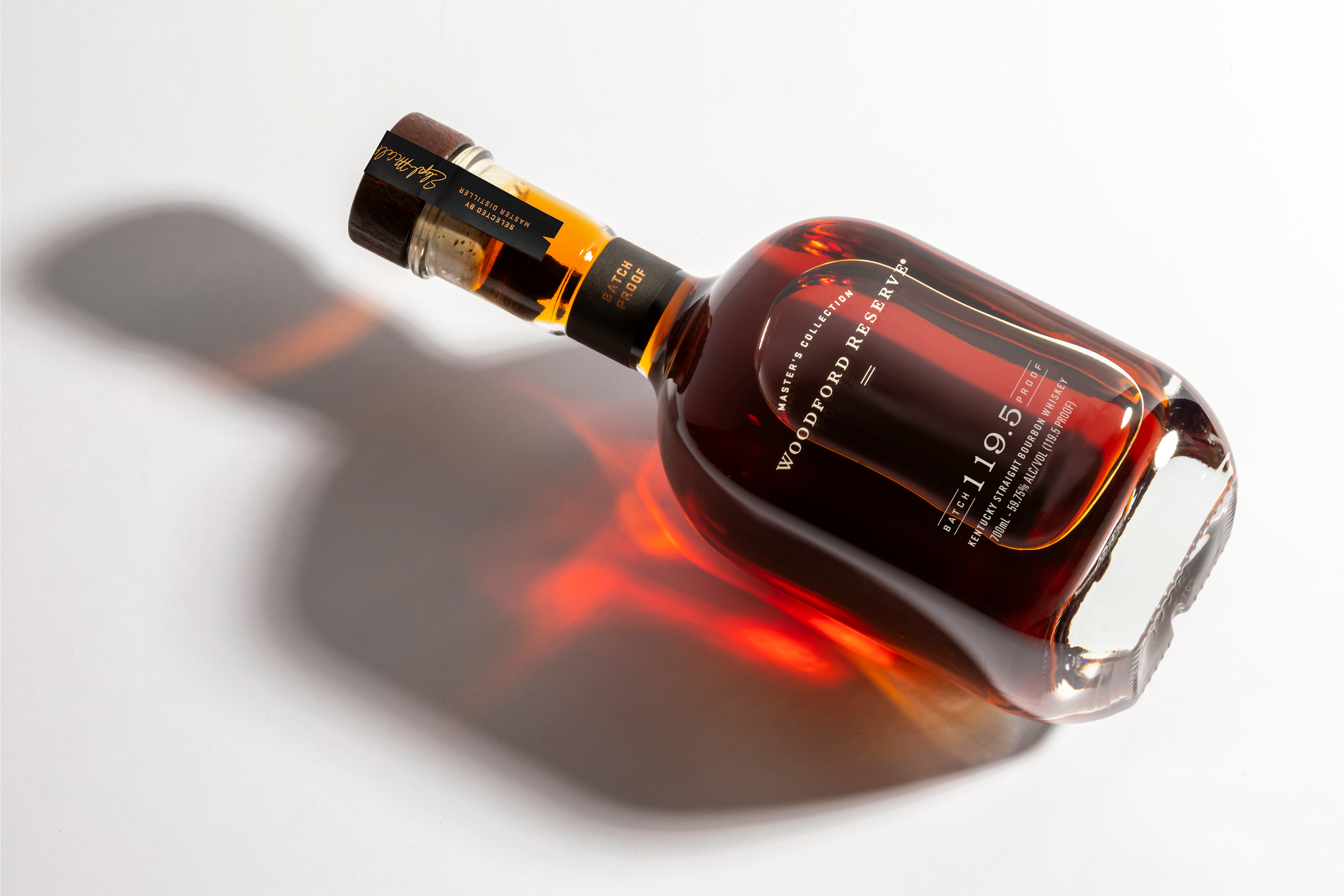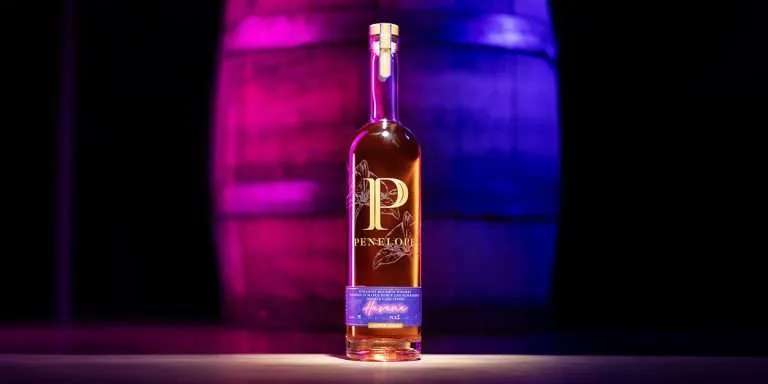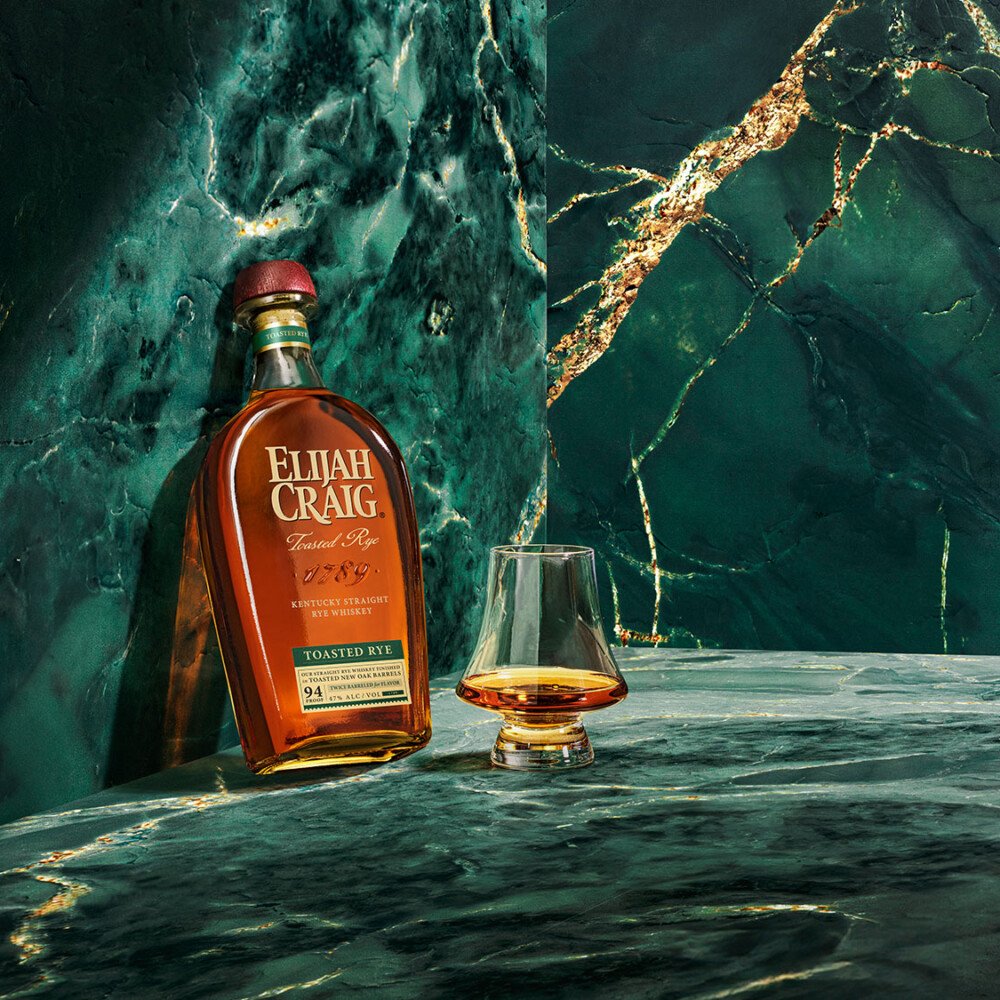Exploring the Major Differences
In the expansive universe of spirits, few categories hold as much intrigue and diversity as rum and brandy. As purveyors of fine beverages, we delve into the nuances that distinguish these two exceptional libations, unveiling a world of flavors, production methods, and historical significance.

1. The Origin Story: Where Rum and Brandy Begin
Rum: A Caribbean Legacy
Rum, often referred to as the nectar of the Caribbean, has its roots deeply embedded in the sugarcane fields of the West Indies. The fermentation and distillation of molasses or sugarcane juice give birth to this spirited elixir. The tropical climate and rich soil of the Caribbean contribute to the unique terroir that shapes the character of each rum.
Brandy: A European Tradition
On the other side of the spectrum, brandy traces its origins to the vineyards of Europe. Crafted through the distillation of fermented fruit juices, with grapes being the most common choice, brandy encapsulates the essence of European winemaking traditions. The aging process in wooden barrels adds complexity and depth to the final product.
2. The Raw Materials: What Sets Them Apart
Rum: Sugarcane Magic
The distinctive sweetness of rum can be attributed to its primary ingredient—sugarcane. Whether derived from molasses or sugarcane juice, this raw material undergoes fermentation, resulting in a flavorful base for distillation.
Brandy: The Grape Advantage
Brandy, on the other hand, relies on a variety of fruits for its base, with grapes taking center stage. The choice of fruit significantly influences the flavor profile, with brandies made from different fruits exhibiting unique characteristics.
3. Distillation Techniques: Crafting Excellence
Rum: Pot or Column?
The distillation process plays a pivotal role in shaping the identity of both rum and brandy. Rum is traditionally distilled using pot stills or column stills. Pot stills contribute to a more robust and full-bodied rum, while column stills produce a lighter and more refined spirit.
Brandy: A Focus on Elegance
In the realm of brandy, distillation aims for elegance. Copper pot stills are often employed to refine the fruity flavors derived from the fermented fruit juices. This meticulous process results in a brandy with a delicate balance and a sophisticated character.
4. Aging and Maturation: The Journey in Barrels
Rum: From Barrel to Bottle
The aging process is where the artistry of both rum and brandy truly shines. Rum, after distillation, undergoes maturation in wooden barrels. The choice of barrels, often oak, imparts additional flavors and nuances to the rum, creating a harmonious blend of wood and spirit.
Brandy: Time in Oak
Similarly, brandy embarks on a journey of maturation in oak barrels. The aging period allows the brandy to develop complexity, with the wood interacting with the fruity notes, resulting in a refined and well-rounded spirit.
5. Flavor Profiles: Sipping and Savoring
Rum: Tropical Symphony
Rum boasts a diverse flavor spectrum, ranging from the robust and caramel-infused notes of aged dark rum to the light and fruity nuances found in white rum. The tropical origins of rum contribute to its vibrant and exotic palate.
Brandy: Fruity Elegance
Brandy captivates with its fruity elegance, with flavors ranging from the rich and deep notes of dried fruits in aged brandies to the bright and lively character of younger expressions. The aging process in barrels enhances the complexity and smoothness of the brandy.
Conclusion: Celebrating Diversity in Every Sip
In the grand tapestry of spirits, the major differences between rum and brandy unfold as a celebration of diversity. The Caribbean’s lively rhythms and European elegance converge in these distinct libations, each offering a unique journey for the discerning palate. Whether sipping on the bold richness of rum or indulging in the refined elegance of brandy, one thing is certain—each glass tells a story of craftsmanship, tradition, and unparalleled flavor.





